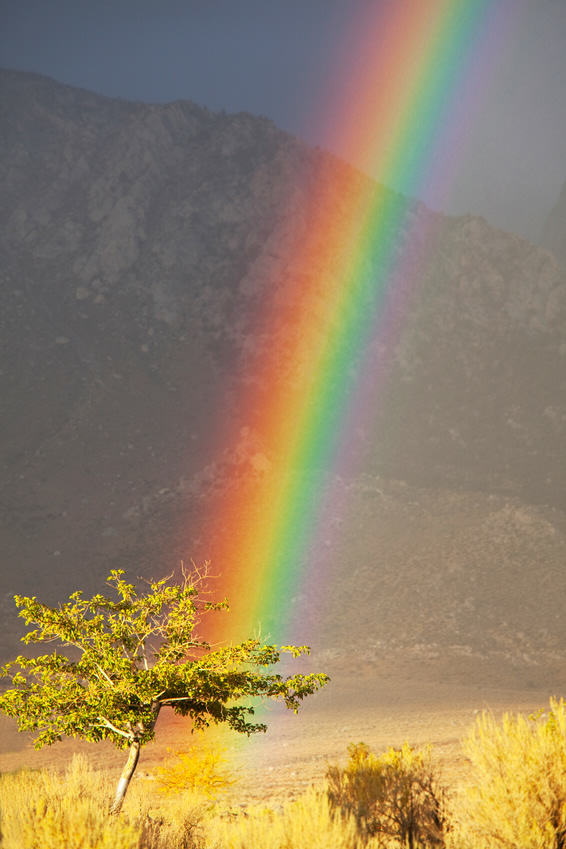Planning A Visit To The Island Paradise
Visiting the Hawaiian Islands is good all year around, with wonderful beaches, mountain hikes, warm weather and plenty of sun. Of course it does rain in Hawaii, which is why everything is so green.
#1 – Understanding Hawaii’s Seasons/Climate
Rain is more common in Hawaii from October to January, and it is slightly warmer in summer than it is during the winter. Temperatures at sea level are generally in the high seventies or low eighties during the days, but nights can be much cooler, particularly during the winter when it sometimes dips into the sixties, and rarely into the fifties.
#2 – Waves – Interested In Surfing
Expert surfers enjoy the northern shores during the winters when the waves may get extremely large. Southern swells delight surfers during the summer months.
#3 – Save Money During The Slow Season
The slower months for tourists visiting Hawaii are May and June and also September and October. If you are trying to get lower air fares and accommodations, these months may offer you a better chance for discounts.
#4 – What To Wear
Clothing requirements in Hawaii are minimal. Most people wear shorts and a t-shirt, or even just a swimsuit. Surfing boarshorts are common on boys and men.
Evening wear is casual, with aloha shirts being the garment of choice for men. Women often wear a light dress to stay cool and enjoy the tradewind breezes. A few of Hawaii’s nicer restaurants may require men to wear jackets.
In the evenings you may want a sweatshirt or a nice jacket, but during the summer this probably won’t be necessary.
#5 – Getting To Hawaii
Most all of the major United States airlines fly to Honolulu International Airport, as do some European airlines and most Asian and Pacific airlines. Things change quickly in the airline industry, however, so check the airline websites to get an update.
Cruise lines with Hawaii on their schedule include Princess Cruises, Royal Caribbean, and Crystal Crusies. Norwegian Cruise Lines offers interisland cruises.
#6 – Getting Information
A great source of information for Hawaii travelers is the Hawaii Visitors and Conventions Bureau (1-800-GOHAWAII; 808-923-1811). Another reliable source is the Oahu Visitors Bureau (1-877-525-6248; 808-524-0722).
Once you are in the Hawaiian Islands one of the best source of information is to talk to the locals who are renowned for their friendliness and aloha.
Talk to waiters, bartenders, cashiers, and whoever else you run into, because they will likely know the little secrets that you won’t find in the local guidebooks. They will also tell you which places to stay away from and which places will treat you well.
Your hotel concierge is also a great source of information from the best shopping areas to the best places to eat.
#7 – Inspections
Remember that everything that comes into or goes out of Hawaii is subject to an agricultural inspection. You are not allowed to bring food or plants into Hawaii.
Some flowers and fruits are allowed to be taken out of the islands, but many cannot, so check with vendors to make sure what you buy will be allowed in your luggage.
#8 – Don’t Look Like A Lobster
Sun worshippers should be warned to be careful in Hawaii’s strong sun, which can have a major effect even on days when it doesn’t feel so hot.
Make sure and always apply sunscreen before spending any significant time outdoors – this could make the difference between an enjoyable vacation and miserable days of pain due to sunburn. And don’t forget to stay hydrated!
Those are some tips on visiting Hawaii, the Land of Aloha! With a little planning and preparation, you are sure to enjoy your stay in this island paradise!

